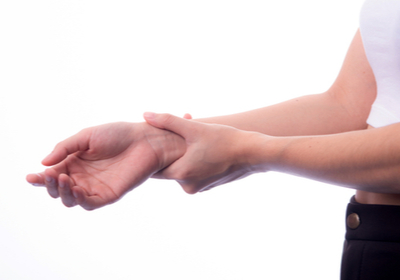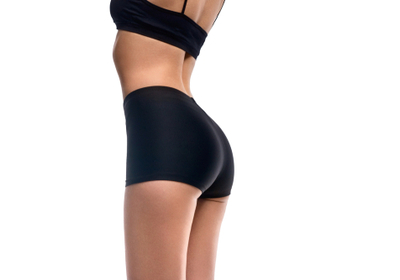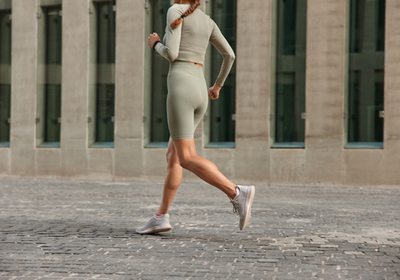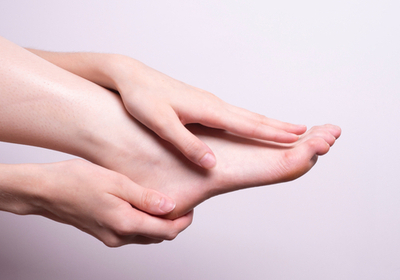
Believe it or not, wrist muscles are extremely important. In fact, developed wrist muscles allow you to correctly do such exercises as planks, push-ups, handstands, as well as various workouts with dumbbells. In other words, most sports require strong wrists, and if you want to succeed in gymnastics, martial arts, CrossFit, or climbing, you have to make sure you have strong wrist muscles. But how to achieve that? Let's talk about wrist muscles and how to develop them in more detail.
Why are wrist muscles so important?
Not many people know about the importance of wrist muscles, yet strong wrists are significant in fitness and many other sports. The thing is that developed wrists and joint mobility are significant for avoiding injuries. For example, such sports as tennis, volleyball, CrossFit, boxing, gymnastics, archery, basketball, canoe, and even bowling have a rather serious load on the hands and wrists. Therefore, one wrong move can cause significant damage to the muscles and tendons of your wrists and hands. At the same time, developed and stretched muscles lower the chances of getting severely injured or injured at all. So this is the main reason why working on wrist muscles is so important for pretty much everyone.
Do I need to develop wrist muscles if I don’t do any sports?
Of course, now many of you can come to the conclusion that they do not have to work on their wrists because they don’t do any sports or do those sports that do not require strong wrists. Well, this is, obviously, not true. Perhaps everybody needs to work on their wrists, especially people who work long hours on the computers. The thing is typing and mouse clicking is not particularly good for the health of our wrists because of the positions of our hands during those activities. Moreover, some people even struggle with carpal tunnel syndrome, which is often caused by typing. However, typing is not the only thing that can cause this syndrome. Pianists, guitarists, as well as other people whose work involves repetitive movements of the wrist, are in the risk group. Certainly, this is a rather unpleasant disease but you can lower the chances of getting it by regular exercising. So the answer to this question is: yes, you do need to work on your wrist muscles even though you don’t do any sports.
Best workouts for wrists
Now as we know how important it is to work on your wrist muscles, let us take a brief look at the best exercises for developing these muscles. So here they come:
Dumbbell rows
Holding dumbbells
Wrist stretching
Hand rotation with dumbbells
Tennis ball squeeze
These simple exercises will help you strengthen your wrists and hands and therefore help you maintain your wrist health, so make sure to give them a try.
Final thoughts
As you can see, strong wrists are not only important for athletes, but also for regular office workers, musicians, and pretty much everyone. So why don’t you start working on your wrists now?
Read more





